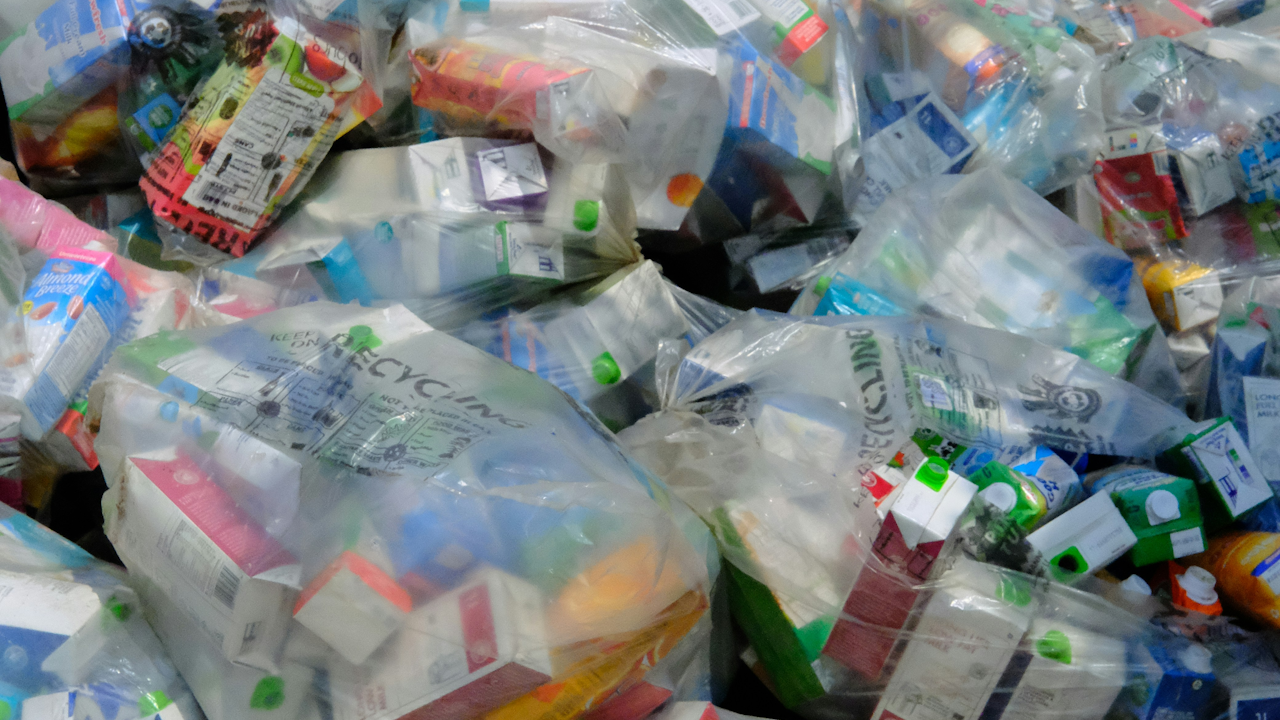Food waste is a significant problem with far-reaching consequences. It not only squanders money but also contributes to environmental issues like greenhouse gas emissions and deforestation. The good news is that we can all make a difference by taking simple steps to reduce food waste at home. Here’s a comprehensive guide to help you get started:
1. Plan Your Meals:
Planning meals is the cornerstone of reducing food waste. It helps you buy only what you need and ensures that you use up ingredients before they spoil.
- Create a weekly meal plan: Consider your schedule, dietary needs, and any leftovers you might have.
- Make a shopping list: Based on your meal plan, create a detailed shopping list to avoid impulse purchases.
- Check your pantry and fridge: Before heading to the store, take stock of what you already have to avoid buying duplicates.
2. Shop Smart:
Smart shopping habits can significantly reduce the amount of food you end up wasting.
- Buy only what you need: Resist the temptation of bulk deals if you’re not sure you’ll use everything before it goes bad.
- Choose imperfect produce: “Ugly” fruits and vegetables are just as nutritious and delicious as their perfect counterparts. Don’t let appearances fool you.
- Shop frequently in smaller quantities: This can help you consume food while it’s still fresh, especially for perishable items.
3. Store Food Properly:
Proper storage is crucial for extending the life of your food. Different foods have different storage needs, so it’s essential to know the best practices.
- Organize your fridge: Keep frequently used items at the front and less perishable ones at the back. Store fruits and vegetables in designated drawers.
- Use airtight containers: These help keep food fresh for longer by preventing exposure to air and moisture.
- Freeze food: Freezing is a great way to preserve food that you won’t be able to use in time. Most foods can be frozen, including fruits, vegetables, bread, and even cooked meals.
4. Understand Food Labels:
Food labels can be confusing, but understanding the difference between “use by” and “best before” dates is crucial for reducing waste.
- “Use by” date: This indicates the date by which food should be consumed for safety reasons. It’s essential to adhere to this date to avoid food poisoning.
- “Best before” date: This indicates the date by which food is expected to be at its best quality. Food past this date may still be safe to eat, but its flavor and texture might not be optimal.
5. Cook Smart:
Cooking the right amount of food and using leftovers creatively can minimize waste.
- Portion control: Cook only the amount of food you need to avoid having leftovers that might go to waste.
- Embrace leftovers: Leftovers can be transformed into new and exciting meals. Get creative with recipes and use them for lunches or future dinners.
- Use the whole ingredient: Don’t throw away stems, peels, or other parts of fruits and vegetables that are still edible. They can be used in stocks, soups, or other dishes.
6. Compost Food Scraps:
Composting is a great way to turn food scraps into nutrient-rich soil for your garden.
- Start a compost bin: You can easily set up a compost bin in your backyard or even indoors.
- Compost appropriate items: Fruits, vegetables, coffee grounds, and eggshells are all suitable for composting. Avoid composting meat, dairy, and oily foods.
7. Share Excess Food:
If you have excess food that you won’t be able to consume, consider sharing it with others.
- Donate to food banks: Food banks are always in need of donations. Consider donating non-perishable items or even fresh produce from your garden.
- Share with neighbors: If you have extra food, offer it to your neighbors or friends.
8. Educate Yourself and Others:
Raising awareness about food waste is crucial for creating a sustainable future.
- Learn more about food waste: Stay informed about the environmental and economic impacts of food waste.
- Spread the word: Talk to your family, friends, and community about the importance of reducing food waste.
9. Use Technology:
Several apps and tools can help you reduce food waste at home.
- Meal planning apps: These apps can help you plan your meals, create shopping lists, and track your food inventory.
- Food waste tracking apps: These apps can help you monitor your food waste and identify areas where you can improve.
By adopting these strategies, you can significantly reduce food waste at home and contribute to a more sustainable future. Remember that every small action counts, and together, we can make a big difference.

